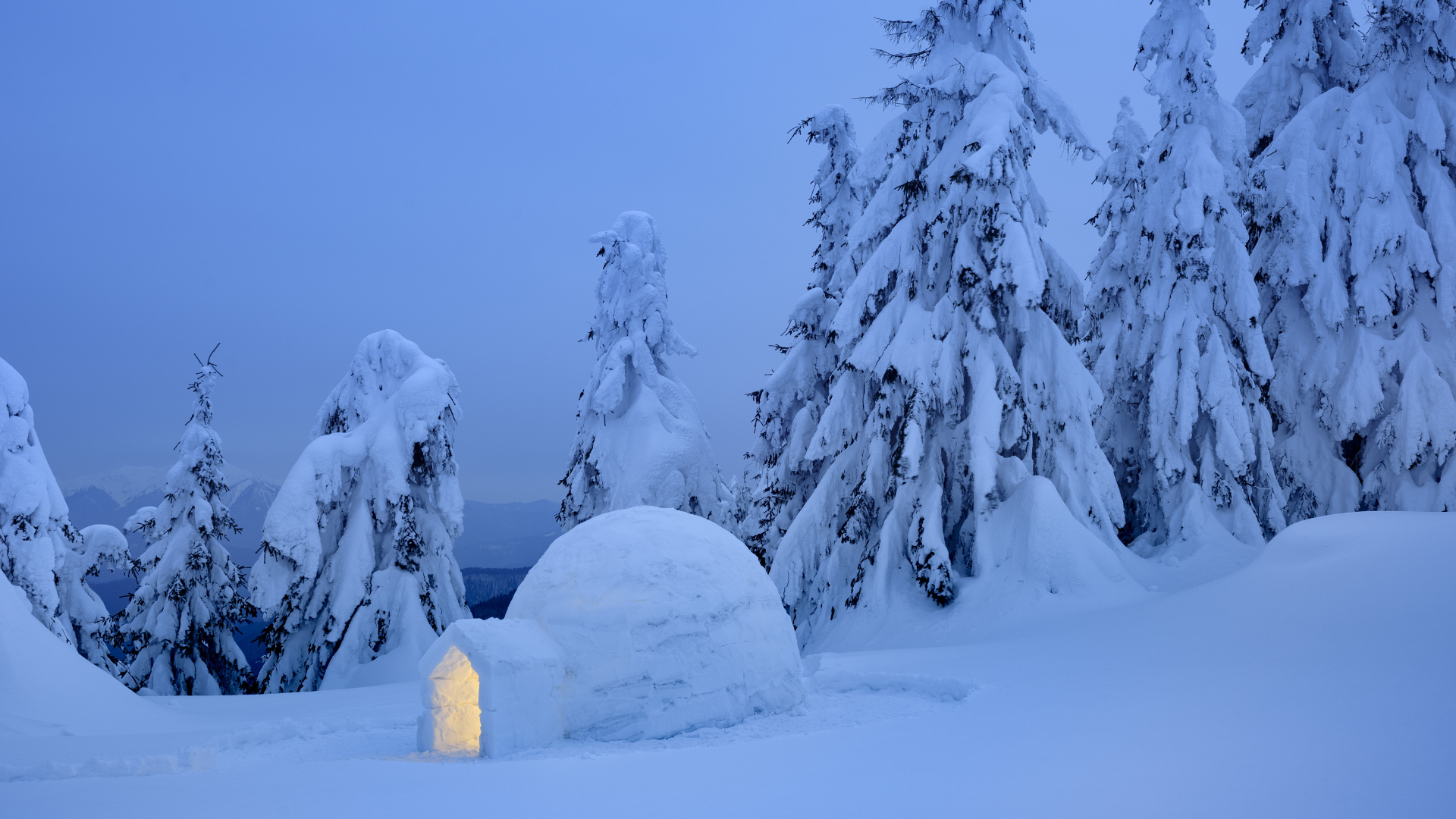Eskimo Survival: How Eskimos Survive In The Ice
You may have seen Eskimos in the wild, but do you know how they survive in the cold? They survive by gripping onto the ice to slow their speed and prevent them from getting wet. These are just some of the many survival methods that real Eskimos use to stay alive in freezing temperatures.
How Do Eskimos Survive in the Cold?
Eskimos have been living in the Arctic for thousands of years and are considered to be one of the most culturally diverse groups of people on Earth. They are known for their unique way of life, which includes living in tents on ice floes. Also, they are known for their unique music, clothing, and artwork.
Eskimos have a unique physiology that allows them to survive in colder climates. Their thick skin, fur, and hair help keep them warm while their low body temperature prevents them from freezing. Eskimo hunting and gathering is the traditional way of life for these people, and they use tools made out of animal parts (like the bow and arrow) to catch food.
Factors in Eskimo Survival
Eskimo survival depends on many factors, including weather, food, and clothing.
- Weather: Weather is one of the most important factors in Eskimo survival. The temperature and humidity can be very different in the Arctic than elsewhere in the world. In addition, weather conditions can change quickly. If it’s cold outside but there’s a storm brewing, for example, you may end up spending the night indoors without enough clothes to protect you from the weather.
- Food: Eskimos depend heavily on animals for food. They hunt seals, whales, and other creatures that live in or near the water. Some of these animals are hunted using traditional methods such as throwing a harpoon at an animal from a boat. Others are hunted using more modern methods such as netting and trapping animals with pens or cages.
- Clothing: Clothing is another important factor in Eskimo survival. When it’s cold outside and there’s snow on the ground, you need something to keep you warm and dry. You also need clothes to protect you from rain or wind when it’s warmer outside.
Eskimo survival depends on many factors, including weather, food, and clothing.
Why Do Eskimos Live In Such Harsh Conditions?
Eskimos have a long and storied history of surviving in harsh conditions. They live on the Arctic coast, where temperatures can drop to -50 degrees Celsius (-58 degrees Fahrenheit). The cold temperatures, thick ice, and unpredictable weather make life very difficult for Eskimos.
One important factor that contributes to Eskimo survival is their culture. Eskimos are a very communal people. They live in small groups called igloos and rely on each other for shelter, food, and protection from the weather. This community spirit allows them to adapt to changing conditions quickly.
Eskimo traditions also play an important role in their survival. For example, they use seal skin tents as shelters instead of traditional houses because they can be quickly assembled in inclement weather. And they eat blubber rather than meat because it’s tough and provides plenty of calories even when frozen. Overall, Eskimos have developed a strong survival skill set that has helped them survive in harsh conditions for centuries.
What Is a Typical Day for an Eskimo?
In the Arctic, Eskimos are known as the best friends of the ice. They have adapted to living in this harsh climate and use their unique lifestyle and way of life to survive. Eskimo culture revolves around hunting, fishing, and gathering food. Their traditional way of life is based on subsistence farming and hunting.
Eskimos live in small villages that are spread out across the tundra. Each village is divided into families who usually live in close proximity to each other. Houses are made from ice blocks that are cut from the surrounding glaciers. Eskimo families typically have between six and twelve members, with an average size of nine people.
The traditional Eskimo diet consists mainly of meat, fish, and game animals such as caribou. They also eat seal blubber, whale skin, berries, roots, flowers, and mushrooms. In order to preserve food for long periods of time, they often dry or freeze it.
Eskimos use a variety of tools to survive in the Arctic climate including sleds, tents, clothing made from animal skins and fur, snowshoes, spears/arrows/poles/guns/knives, etc., kayaks/canoes, etc., and igloos (made from blocks of ice).
A typical day for an Eskimo might start with waking up early to catch the sunrise. They will then go out hunting or fishing, returning home late in the day to cook their dinner. After dinner, they might play games or spend time with family. Eskimos typically retire early to sleep in their warm homes.

Leave a Reply